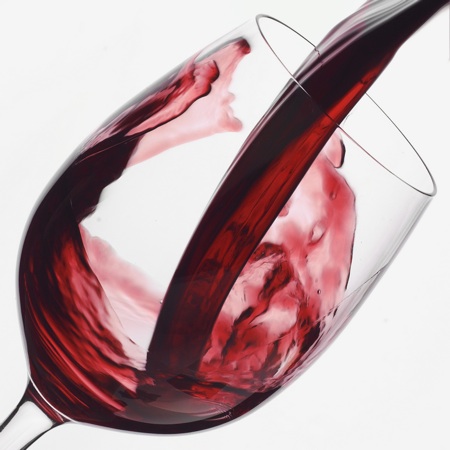You don’t have to be a wine wonk to know that 2007 was the year of the grape. But you do need to be a little nerdy to know why, or to care, for that matter.
Interested?
Tasteandshare.com explains it this way:
Conditions that year were perfect for red wine grapes to develop the intensity of tannins and color that comes with full maturity. The relatively dry summer yielded smaller grapes, which meant more vibrant, concentrated flavors.
Red wine grapes thrive when they have a long, warm, sunny spell of summer to ripen — assuming the vines make it through the cold months without a lot of damage.
From 2004 to 2006, harsh winters and clobbering rain did some damage. But then came 2007, which began with a relatively warm winter and no spring killing frost that sometimes takes down early buds. Then summer stretched out blissfully, warm and dry. And autumn was the clincher, giving the vineyards just enough rain at the beginning of harvest, followed by wonderfully sunny days and no frost until after harvest.
Lindenvineyards.com adds that whites faired well, too, and that there was also very little “disease pressure” so fungicide sprays were greatly reduced. Insects, including Japanese beetles were of little concern.
“Most reds were ultimately harvested with very high sugars (25 to 26 brix),” the folks a Linden conclude. “Yields were low, averaging 2 to 2.5 tons per acre, but quality was beyond anything [we] have seen in 28 harvests.”
How’s that for some #winewednesday insight?


